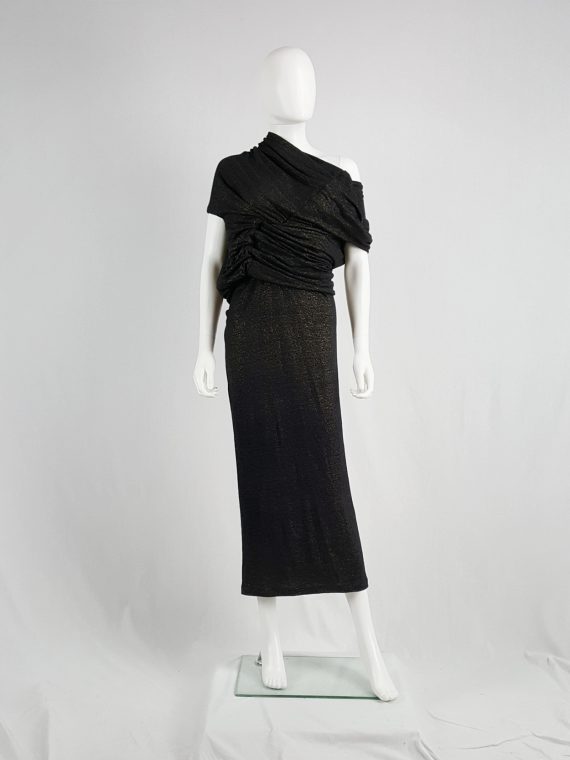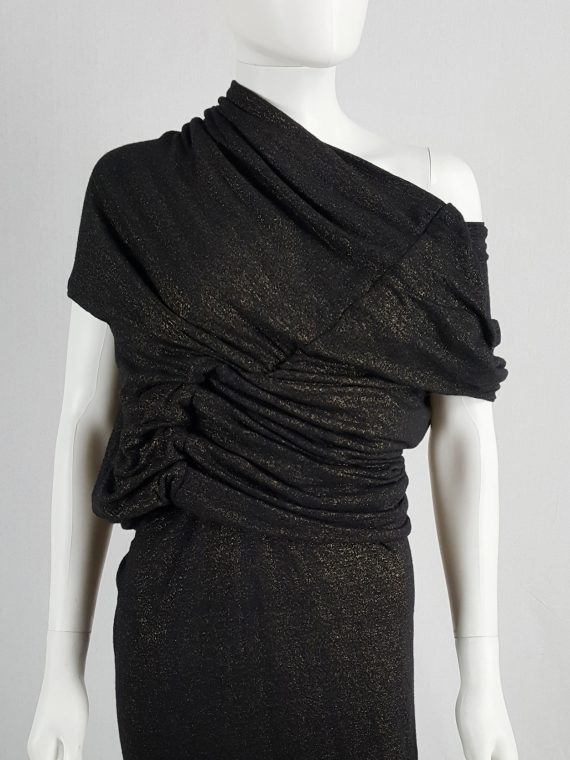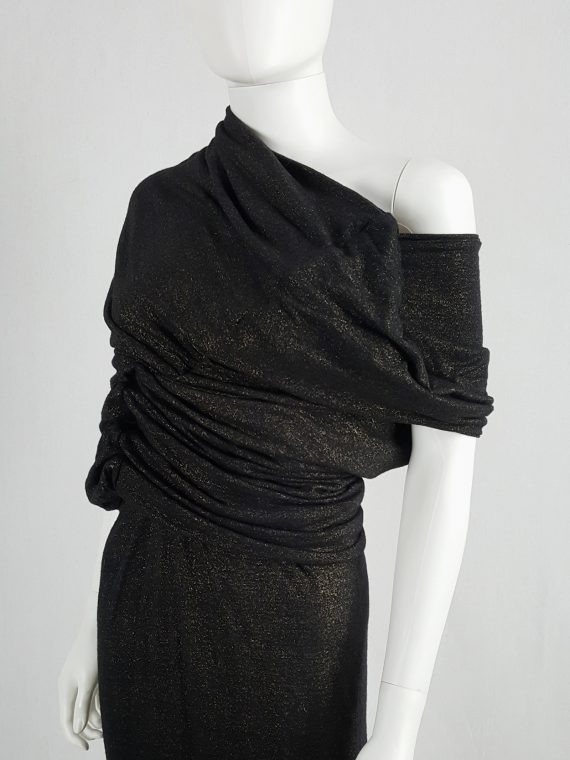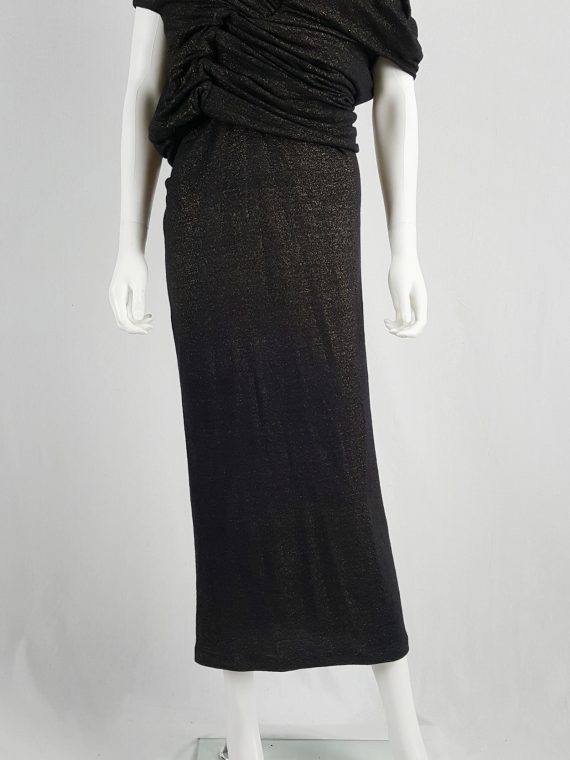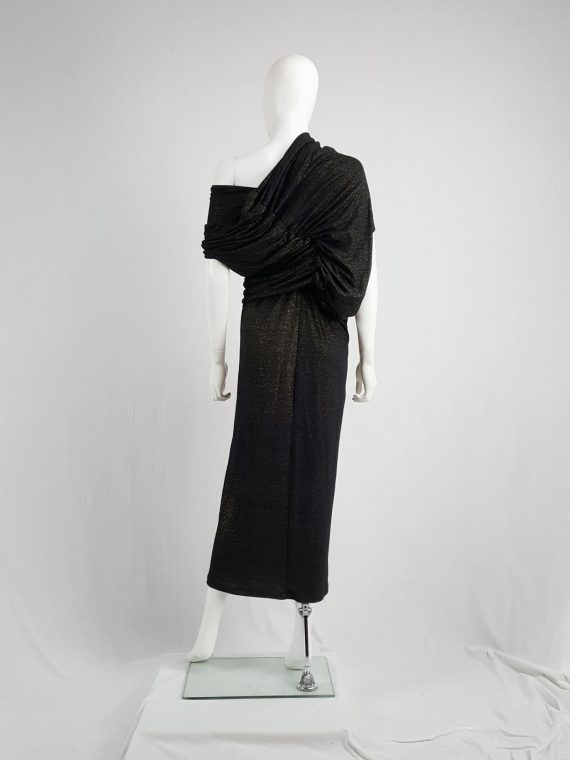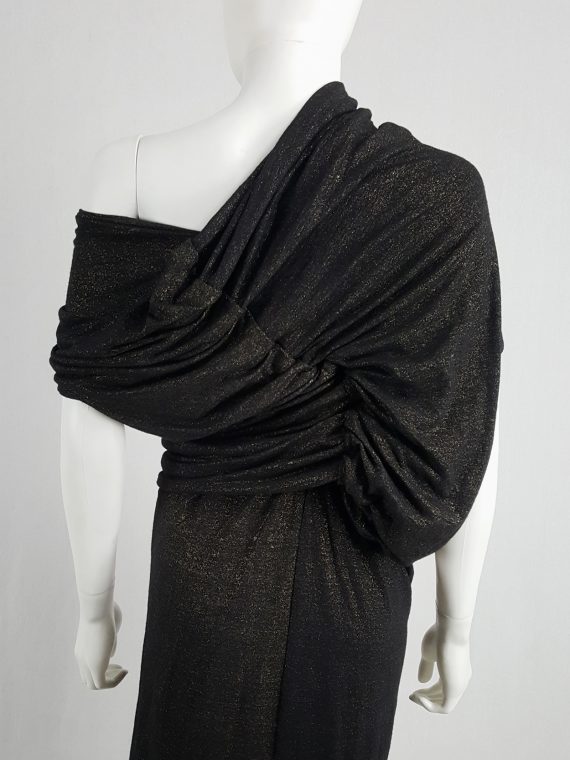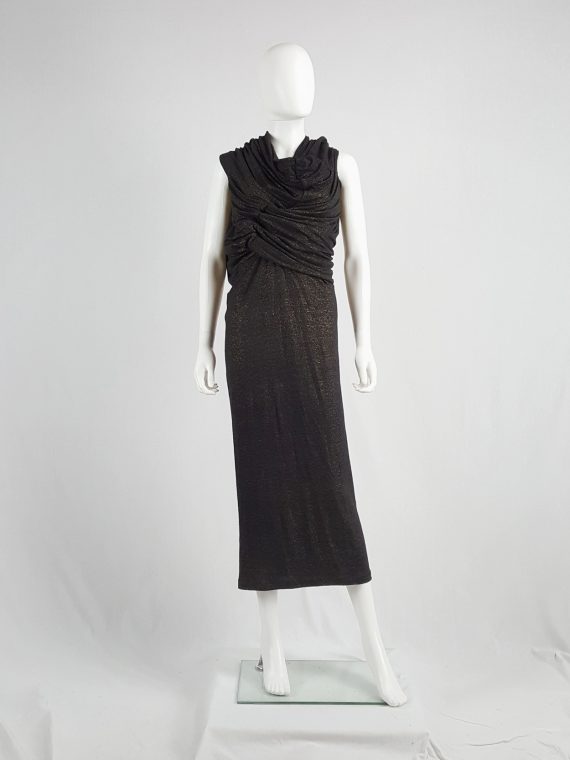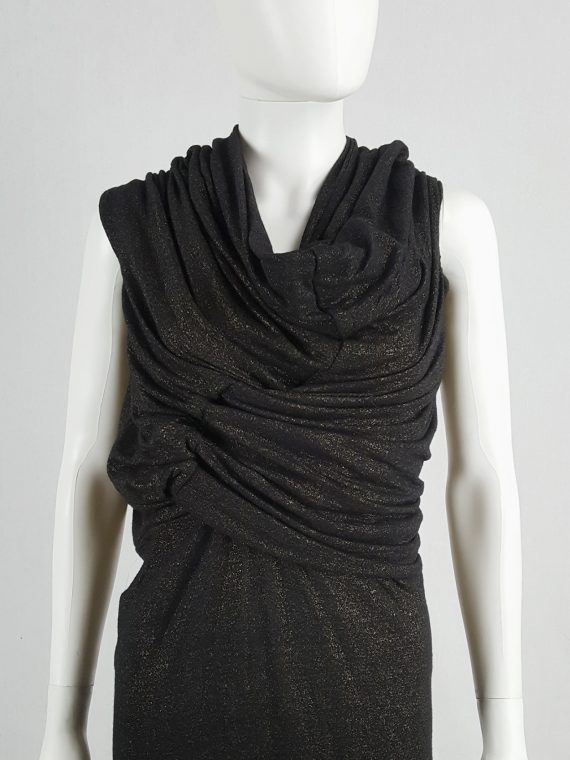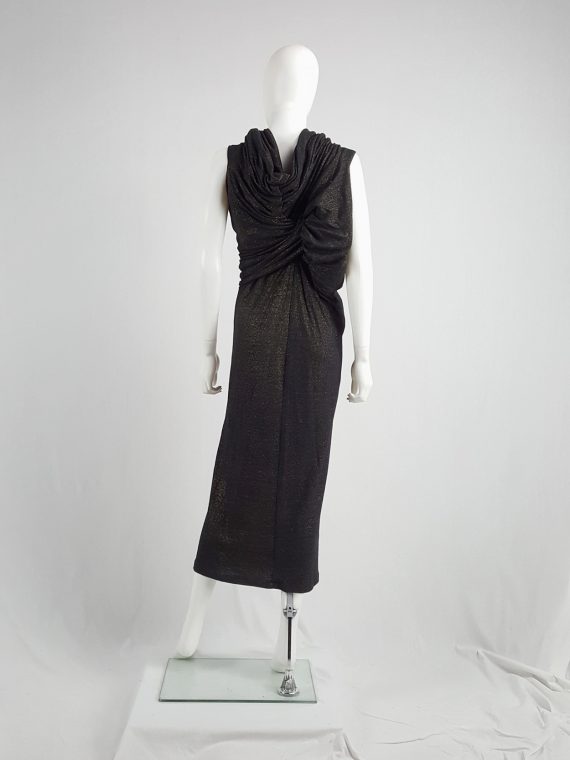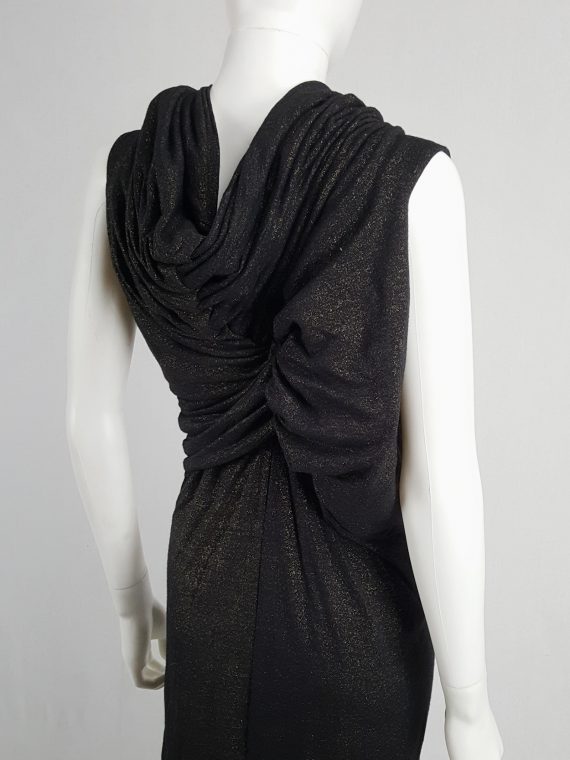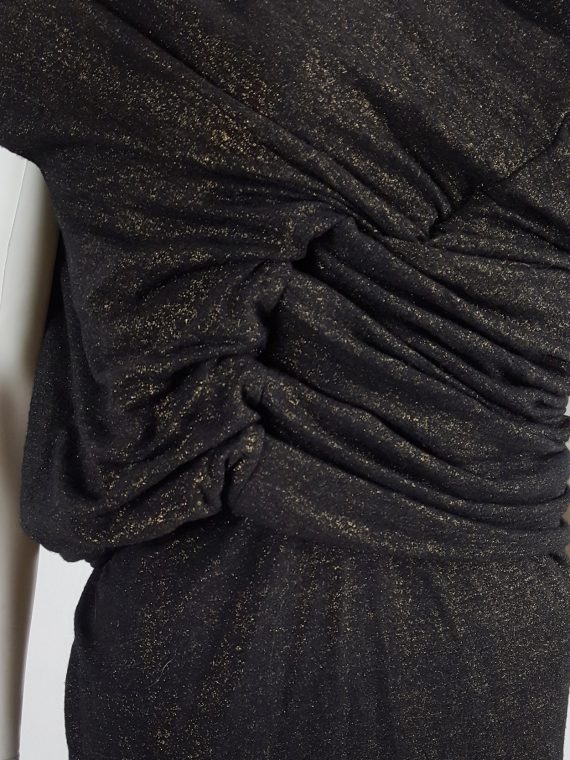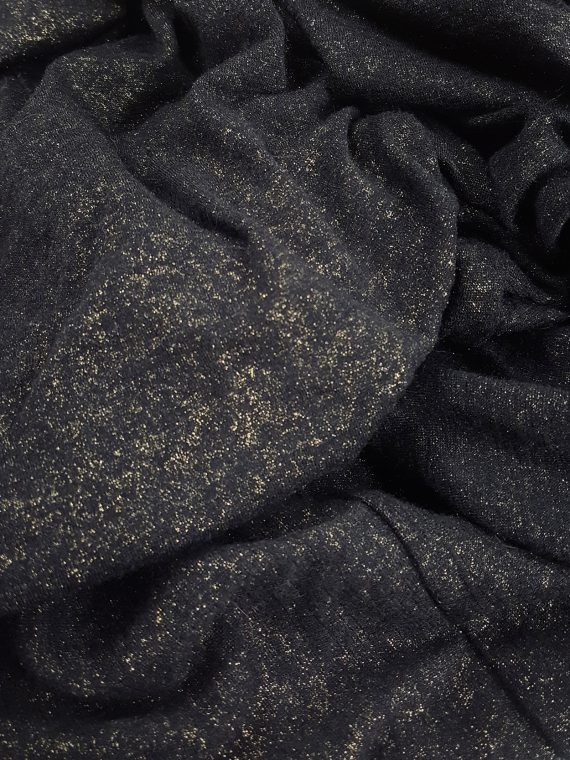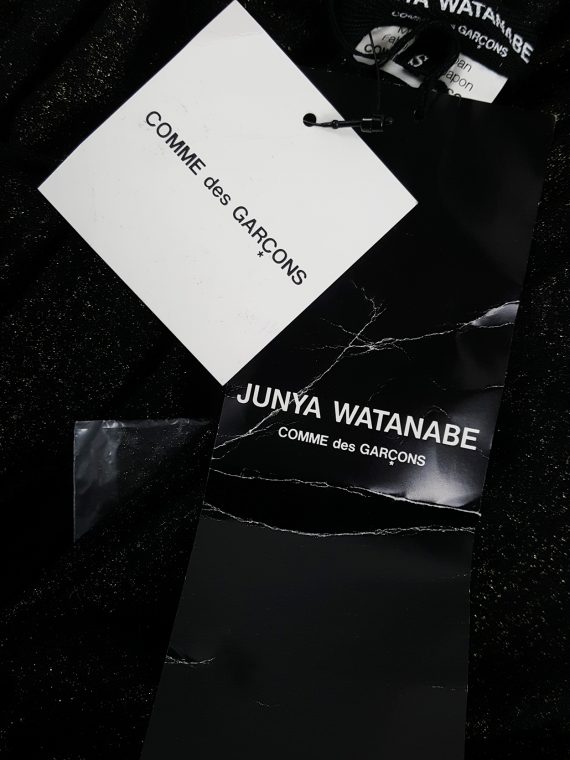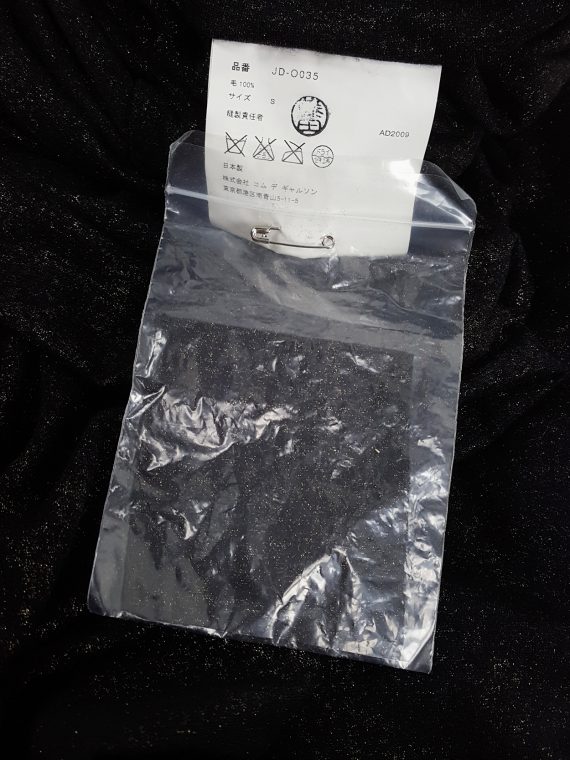Description
Similar items
-
Ann Demeulemeester black dress with padded shoulders and minimalist collar — spring 1996
-
Ann Demeulemeester black fitted maxi shirt dress in sheer fabric — spring 2023
-
Ann Demeulemeester black transformable cold shoulder maxi dress with inner ties — spring 2023
-
Ann Demeulemeester Blanche white draped tunic with pleated bust — fall 2009 re-edition
-
Maison Martin Margiela 1 red floating knit dress with sheer top part — fall 2014
-
Comme des Garçons black panelled dress with faux fur trim on a sheer underlayer — fall 1997
-
Maison Martin Margiela grey jumper dress with sideways pulled neckline — fall 2007
-
A.F. Vandevorst beige studded dress decorated with beach sand — spring 2014
About Rei Kawakubo
Rei Kawakubo is a Japanese fashion designer, however, she didn’t study fashion but fine arts and literature at Keio University in Tokyo.
After graduation, she worked as a stylist before launching her label Comme des Garçons. Going against the 1980s super feminine look, she sent an all black, deconstructed collection on the runway, dubbed “anti-fashion” and “Hiroshima Chic” by easily shocked and insensitive journalists.
During the 1980s, her garments were primarily in black and dark grey or white. By the time of her Paris debut in 1981, Kawakubo was so famous that her fans were dubbed ‘the crows’ in the Japanese press.
Comme des Garçons kept on growing, evolving into a Comme de Garçons ‘world’ with about 20 distinct lines. This also gave Rei Kawakubo the possibility to give employees their own line, like Junya Watanabe, (the now discontinued) Tao Kurihara en the recently added Noir by Kei Ninomiya.
Kawakubo specializes in anti-fashion; producing deconstructed garments, which are draped around the body in an asymmetric shape, making them look awkward and uncomfortable. The hems are often unfinished and frayed.
Rei Kawakubo is reclusive and doesn’t give many interviews, she let’s her creations speak for themselves. She is know as a fashion icon and influence for designers like Martin Margiela, Ann Demeulemeester and Helmut Lang which have all name checked Kawakubo as an inspiration.

















